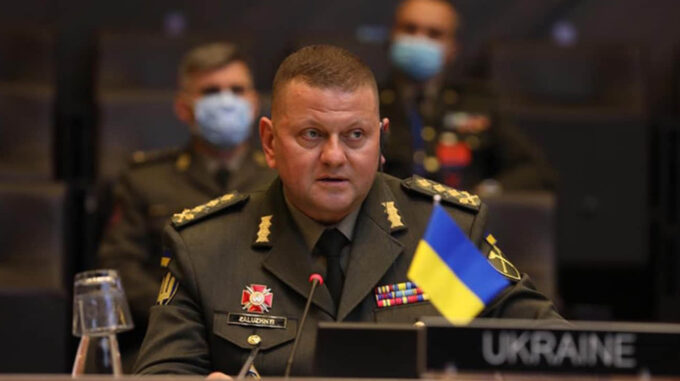In 2022, the Ukrainian military leadership was considering a transition to a new structural model of the armed forces aimed at enhancing their combat capability and operational agility in the challenging conditions of modern warfare

According to Valerii Zaluzhnyi, the former Commander-in-Chief of the Armed Forces of Ukraine and Ukraine’s ambassador to the United Kingdom, a stable hierarchical management scheme was proposed at that time—"corps – division – brigade." However, the implementation of this idea faced strong opposition from relevant institutional structures, and the initiative was never realized. In an interview with journalists, particularly in the column "Militaryist," Zaluzhnyi elaborated on what is needed for effective military command during wartime: "To ensure successful operational management in complex, sometimes critical situations, it is necessary to continually improve the technical basis of command, implement automated situational awareness systems, and develop them across all levels of the hierarchy. Equally important is the professional training of command structures, which should focus on developing creative and foresightful abilities. This includes the capacity to analyze the situation, work with large data sets, and make quick decisions. The success of any modern management system depends on the strength of intelligence, depth of analysis, originality of ideas, and the ability to adapt flexibly to changing circumstances." Zaluzhnyi emphasizes that during the large-scale invasion by Russian troops, many deficiencies in the Ukrainian Armed Forces’ command system were exposed, both at the functional and hierarchical levels. The former commander notes that a serious problem was the absence of a strategic reconnaissance body, which hindered effective decision-making and the mobilization of necessary forces and resources. "We began involving the civilian space sector in collecting and processing intelligence information, but later this direction was eliminated, and this area remains untouched," he explains. Another significant step in military reform was the initiative by the General Staff in spring 2022 to shift to a corps-based structure. "We carried out extensive work involving specialists and military personnel to create a management model that would meet not only current challenges but also future development prospects," Zaluzhnyi underscores. It was important to consider not only the organization of command but also support systems, communications, logistics, and deployment points. By the end of summer that year, the Ukrainian military proposed establishing a hierarchy of "corps – division – brigade" within the land forces to create a more flexible and adaptable management system. This idea received support from partners in the United States and Great Britain. At that time, the 9th and 10th corps had already been formed and were to undergo rapid training and be brought into combat readiness. Unfortunately, the political and military realities proved more complex—prohibitions and bureaucratic obstacles prevented the realization of the plan. "The Air Assault Corps, which was supposed to start training and external preparation abroad, remained only on paper," Zaluzhnyi states. He emphasizes that the management organ within military structures is a highly complex but crucial and simultaneously vulnerable mechanism. "We must do everything possible to prepare it as effectively as we can because the success of future battles depends on its quality. It doesn’t matter what they will be called—what matters is how well and quickly they can respond to changing circumstances and manage the troops." In conclusion, Zaluzhnyi warns that the development of new and modern management bodies is one of the main priorities in strengthening Ukraine’s defense capacity, as it directly affects the country’s ability to effectively resist the enemy and protect its interests in the most challenging conditions of modern warfare.

